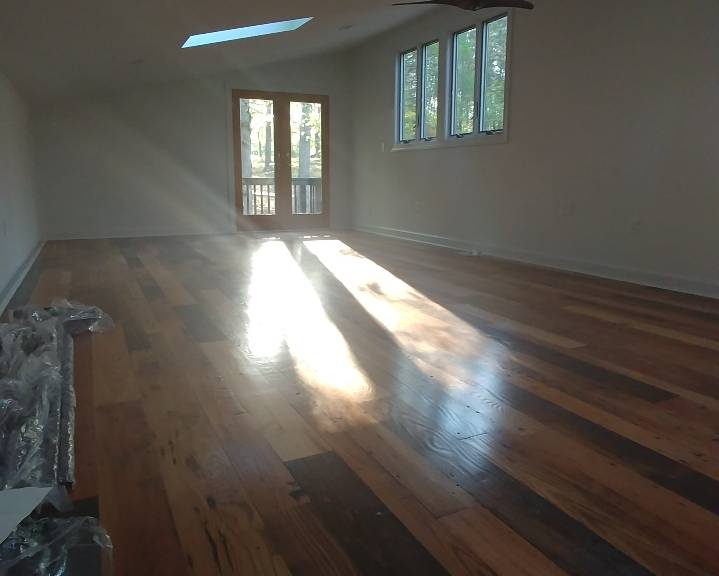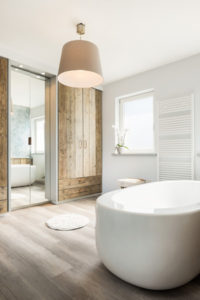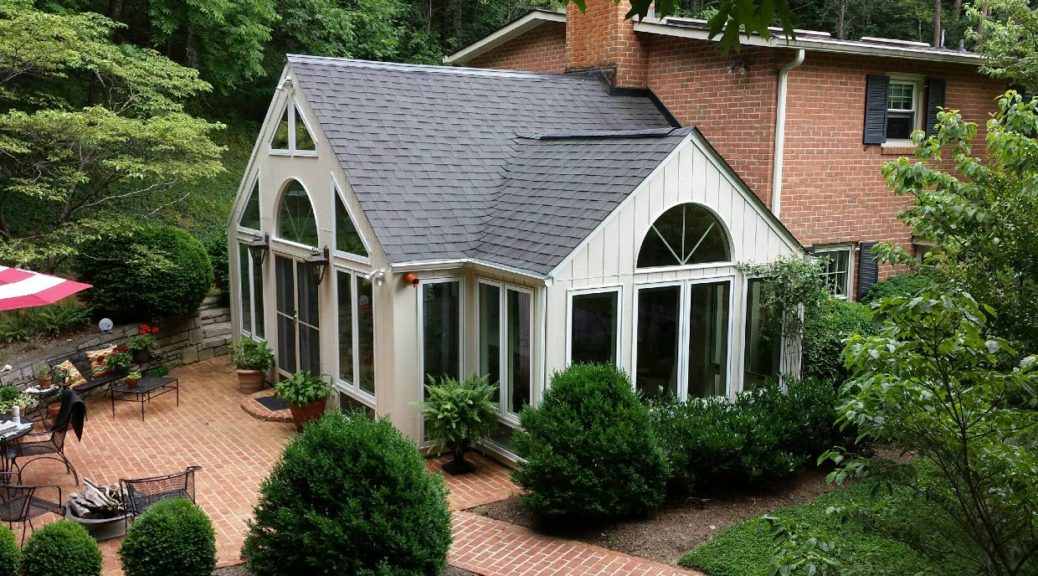Many homeowners dream of converting an unused attic into extra space, but few know what that involves. There are some great benefits of an attic renovation. If you love natural light, gable vents can be fitted with replacement windows, you can add individual dormers, or raise part of the roof for a shed dormer, creating a whole wall of windows. Attics can be converted to add an additional bedroom, a bonus room, a studio or even an additional family room space. Finishing an attic also offers the chance to get creative with the roof lines with vaulted ceilings and decorative tongue-in-groove woodwork.
Are building codes on your side? Although homeowners often consider codes to be obstacles, safety and durability are the real missions of codes. Because codes vary according to your locality a building inspector can provide applicable codes and requirements for your new attic conversion. However, if you are working with a qualified general contractor they should also be able to provide code requirements.
Some things to consider are ceiling heights, floor support and egress codes. Ceiling heights generally need to be a minimum of 6-7 feet above top of floor. Evaluating the floor support structure of the attic is extremely critical. Floor systems are designed to carry the required live and dead loads . If your home was built decades ago or just has a ‘ceiling’ joist for the attic floor it will most likely require additional reinforcement. There is an egress code for bedrooms that typically requires a window for exit in case of emergencies. This will need to be considered when adding a bedroom in an attic space.
The next thing to evaluate for additional living space in attic is your support systems. As mentioned above the structure including the rafters or trusses and floor joists, as well as, the support over doors and windows below will determine if you can add living space with your current structure or have a need for additional reinforcement. Especially if you have roof trusses, an attic space addition could require significant modification and associated costs.
Expanding your mechanical systems to the attic can potentially be a challenge. You will need to consult with a licensed electrician to determine if your electrical panel has additional space for new breakers to handle the increased load of the new space. If it can, it is easy to run new wiring to the attic. If there is not enough space, additional electrical work will need to be done.
When adding plumbing for a new bathroom or mini-bar in the new attic space it is helpful to locate then over or near plumbing locations below reducing pipe as well as disruption of the living space below. Your HVAC will need to be evaluated to determine if your current system will support the new space by adding additional ducts. If not, you can consider adding a mini-split system, electric baseboard heating and a window unit for air conditioning , or upgrade your current system to a larger unit to accommodate the additional space.
If your new attic space is for a bedroom you will be required to add a standard staircase to access it which will take up room in your living space below. Spiral staircases take up the least amount of space but do tend to be more expensive as they are a specialty item. If the space is not a bedroom, you could add an access staircase on the exterior of the home as well.
























